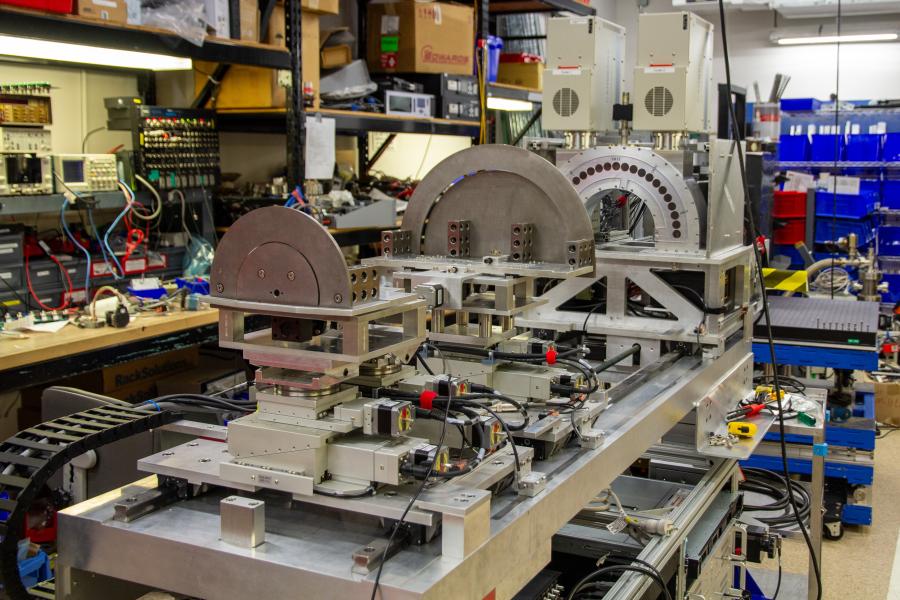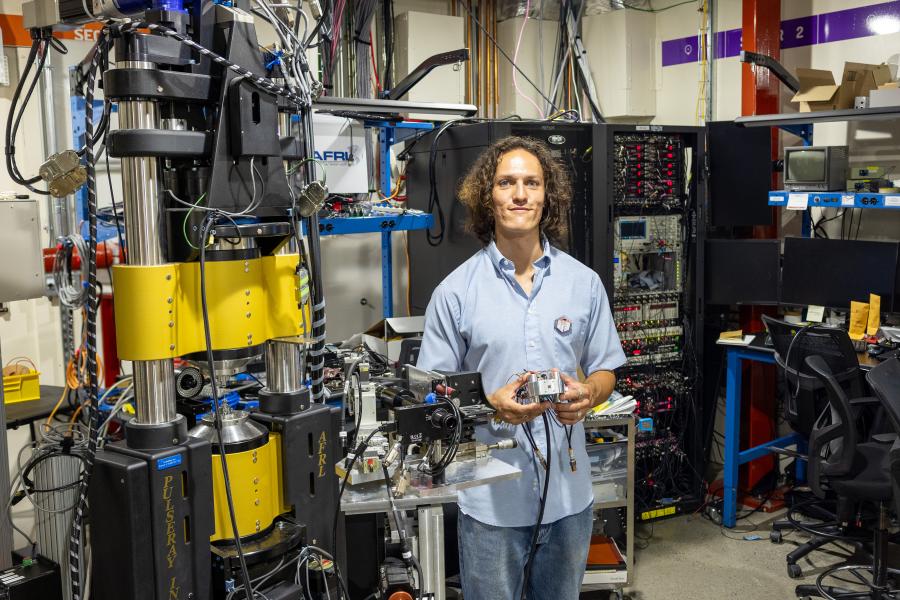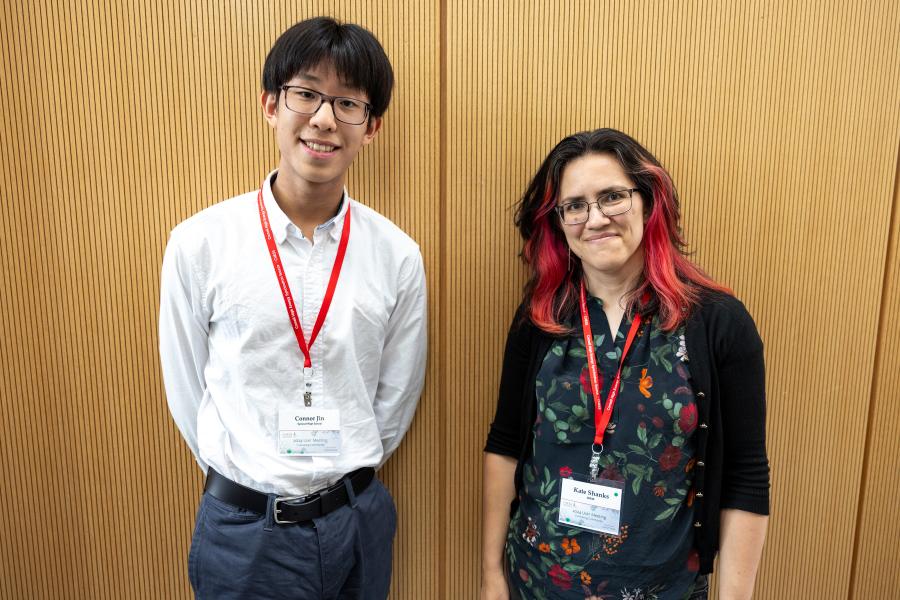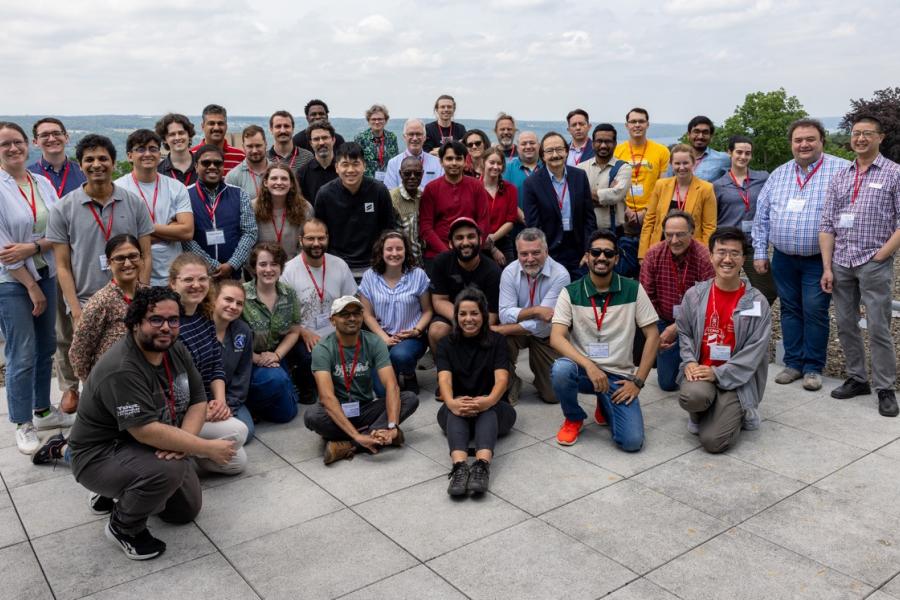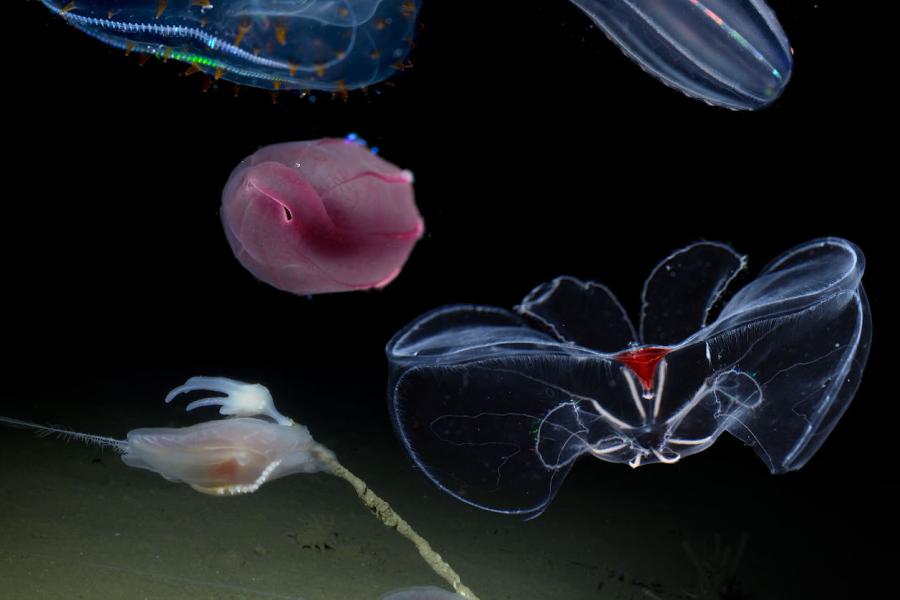Sidebar Menu (View Pages)
- Status
- ⌃ Science
- ⌃ Users
- ⌃ Facilities
- ⌃ Public
- Industry
- ⌃ About
Tags
Featured
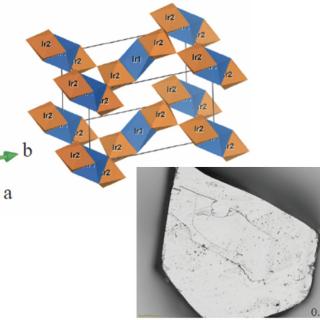
Structural and magnetic transitions in the planar antiferromagnet Ba4Ir3O10
New research based at the QM2 beamline reports detailed investigations of low temperature charge and magnetic superstructures in Ba4Ir3O10. Contrary to previous reports, the researchers discover a series of phase transitions to different long-range ordered states, without evidence of the proposed liquid-like magnetic correlations.
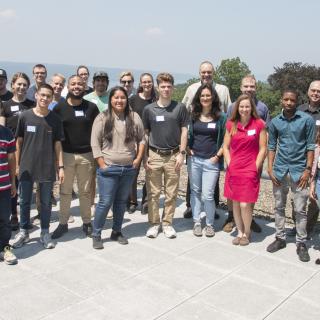
Summer Students: Live and In-Person
CHESS Summer students came together last month for their first - and only - in-person meeting of the summer. The group of students have been working remotely with their mentors since the start of the program on June 6th due to Covid-safety precautions.
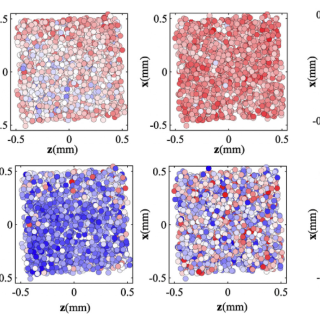
Grain-scale deformation of a high entropy alloy using synchrotron high energy diffraction microscopy
New research that exploited the unique strengths of the FAST beamline produced some of the first measurements of individual grain deformation in high entropy alloys. This data can help form accurate predictions of damage and failure processes in these emerging materials, critical for understanding their performance in real-world applications.
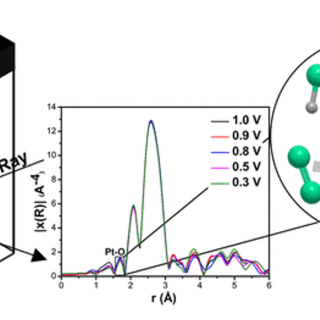
In situ spectroscopy as a probe of electrocatalyst performance
Hydrogen fuel cells generally require expensive and scarce platinum catalysts in order to function. Researchers have created highly reactive platinum-nickel nanowires with the potential to reduce the amount of platinum required in fuel cells. Research at PIPOXS examines the atomic-level mechanisms of this catalyst, forming a foundation for the development and commercialization of more efficient fuel cell technology.
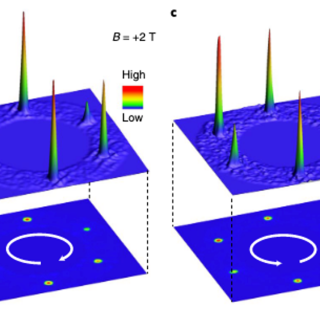
Unconventional chiral charge order in kagome superconductor KV3Sb5
Intertwining quantum order and non-trivial topology is at the frontier of condensed matter physics. In a new paper appearing in the journal Nature Materials, a team lead by M. Zahid Hasan from Princeton University reports the discovery of an unconventional chiral charge order in a kagome material, KV3Sb5.
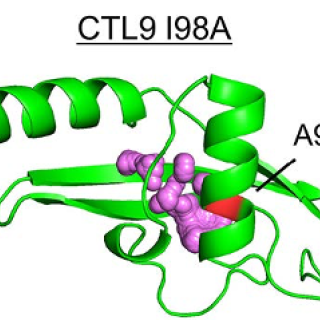
Protein unfolded states populated at high and ambient pressure are similarly compact
This is perhaps the first reported study of the temperature dependence of the dimensions of the high pressure unfolded state of a protein. These measurements strongly support the notion that pressure unfolded proteins do not differ significantly from proteins which are unfolded at atmospheric pressure.
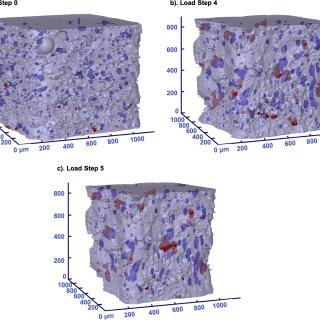
Investigation of porosity, texture, and deformation behavior using high energy X-rays during in-situ tensile loading in additively manufactured 316L stainless steel
A high-energy x-ray study of 316L stainless steel produced by laser powder bed fusion used x-ray tomography to understand porosity in the manufactured samples, and then observe the effect of these pores on the evolution of damage, texture, and strain when the materials are mechanically deformed.
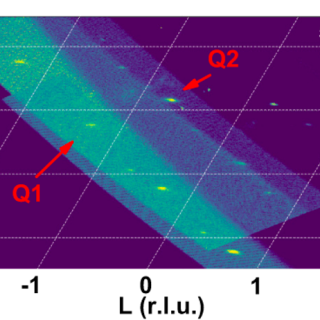
Incommensurate charge order in a low-dimensional superconductor
A team lead by Sara Haravifard from Duke University has conclusively and directly identified the subtle charge density wave phase in TPT emerging below 12K. The CDW couples to the superconducting transition and is suppressed by pressure at a critical point that maximizes the superconducting Tc. The promise of engineered high temperature superconducting materials, which could revolutionize computing, energy, and transportation industries, drives ongoing fundamental research into the interplay between SC and CDW order.

